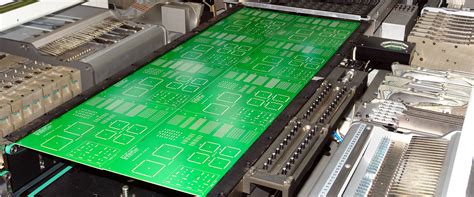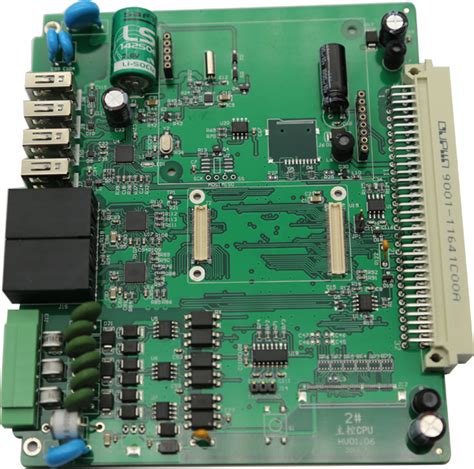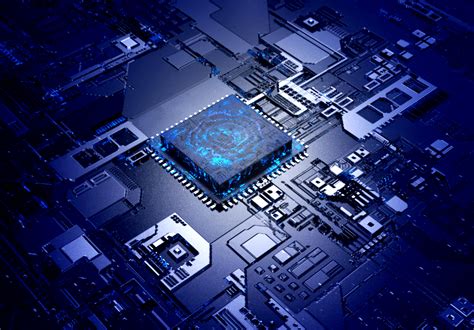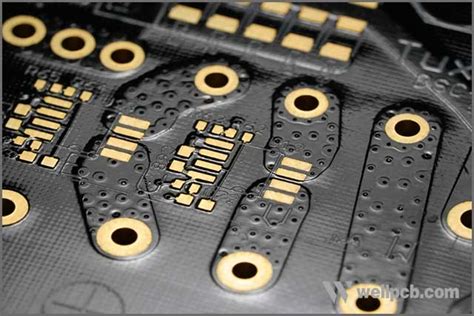Led metal core pcb
Advantages Of Using LED Metal Core PCBs In Modern Electronics
LED metal core printed circuit boards (PCBs) have emerged as a pivotal component in modern electronics, offering a range of advantages that enhance performance, reliability, and efficiency. As the demand for high-performance electronic devices continues to grow, the integration of LED metal core PCBs has become increasingly prevalent, driven by their unique properties and benefits.
One of the primary advantages of using LED metal core PCBs is their superior thermal management capabilities.
Unlike traditional PCBs, which are typically made from materials such as fiberglass, metal core PCBs incorporate a metal substrate, usually aluminum or copper. This metal layer acts as a heat sink, efficiently dissipating heat away from critical components. Consequently, this thermal management feature is particularly beneficial in applications where high power and heat generation are prevalent, such as in LED lighting systems. By effectively managing heat, LED metal core PCBs help prevent overheating, thereby extending the lifespan of electronic components and ensuring consistent performance.
In addition to thermal management, LED metal core PCBs offer enhanced mechanical stability.
The metal substrate provides a robust foundation that can withstand mechanical stress and vibrations, making these PCBs ideal for use in environments subject to harsh conditions. This durability is especially advantageous in automotive, aerospace, and industrial applications, where reliability and resilience are paramount. Furthermore, the rigidity of metal core PCBs reduces the risk of damage during manufacturing and assembly processes, contributing to overall product quality and longevity.
Another significant benefit of LED metal core PCBs is their ability to support higher power densities.
The efficient heat dissipation properties allow for the integration of more powerful components without the risk of thermal failure. This capability is crucial in the development of compact and high-performance electronic devices, where space is limited, and power requirements are substantial. As a result, designers can create more innovative and efficient products that meet the ever-evolving demands of consumers and industries alike.
Moreover, LED metal core PCBs contribute to energy efficiency, a critical consideration in today’s environmentally conscious world.
By minimizing thermal resistance and optimizing heat transfer, these PCBs reduce the energy required to maintain optimal operating temperatures. This efficiency not only lowers energy consumption but also decreases the overall carbon footprint of electronic devices. Consequently, the adoption of LED metal core PCBs aligns with global efforts to promote sustainable practices and reduce environmental impact.
In addition to their technical advantages, LED metal core PCBs offer design flexibility.
The metal substrate can be customized to accommodate various shapes and sizes, allowing for innovative and tailored solutions to meet specific application requirements. This adaptability is particularly beneficial in the development of cutting-edge technologies, where unique design considerations are often necessary to achieve desired functionalities.
In conclusion, the advantages of using LED metal core PCBs in modern electronics are manifold. From superior thermal management and mechanical stability to support for higher power densities and energy efficiency, these PCBs provide a robust foundation for the development of advanced electronic devices. As technology continues to evolve, the role of LED metal core PCBs in enhancing performance and reliability will undoubtedly remain integral, driving innovation and progress across various industries.
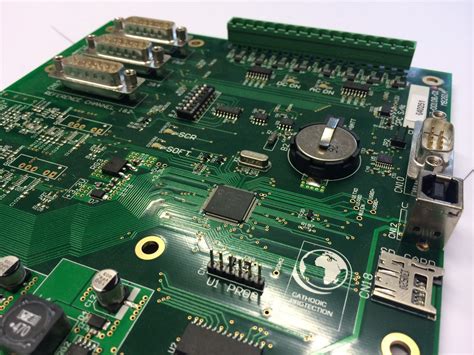
Design Considerations For LED Metal Core PCBs
When designing LED metal core printed circuit boards (PCBs), several critical considerations must be taken into account to ensure optimal performance and reliability. These specialized PCBs are integral to applications requiring efficient heat dissipation, such as high-power LED lighting systems. The unique structure of metal core PCBs, which typically consist of a metal base layer, a thermally conductive dielectric layer, and a copper circuit layer, necessitates a thorough understanding of both thermal management and electrical performance.
To begin with, the choice of materials is paramount. The metal core, often aluminum or copper, serves as the foundation for heat dissipation.
Aluminum is commonly preferred due to its balance of thermal conductivity, weight, and cost-effectiveness. However, copper, with its superior thermal conductivity, may be selected for applications demanding higher thermal performance despite its higher cost and weight. The dielectric layer, which electrically insulates the metal core from the circuit layer, must possess high thermal conductivity to facilitate efficient heat transfer from the LEDs to the metal core. This layer’s thickness and material composition can significantly impact the overall thermal performance of the PCB.
In addition to material selection, the layout of the circuit layer is crucial.
The copper traces must be designed to minimize electrical resistance while maximizing thermal conduction. This often involves optimizing trace width and spacing to accommodate the current load and thermal requirements. Moreover, the placement of LEDs and other components should be strategically planned to ensure even heat distribution across the PCB. This can prevent localized hotspots that may lead to premature component failure.
Thermal vias are another important design consideration.
These are small holes filled or plated with conductive material that connect the circuit layer to the metal core, enhancing heat transfer. The number, size, and placement of thermal vias must be carefully calculated to optimize thermal performance without compromising the structural integrity of the PCB. Additionally, the use of thermal interface materials (TIMs) between the LED package and the PCB can further improve heat dissipation by reducing thermal resistance at the interface.
Furthermore, the mechanical design of the PCB should not be overlooked.
The metal core provides structural support, but the overall thickness and rigidity of the PCB must be compatible with the intended application. For instance, in applications where the PCB may be subject to mechanical stress or vibration, additional reinforcement or a thicker metal core may be necessary to prevent damage.
Finally, it is essential to consider the manufacturing process and cost implications of the design choices.
Metal core PCBs can be more challenging to manufacture than traditional PCBs due to their unique structure and materials. Therefore, collaboration with experienced manufacturers during the design phase can help identify potential production challenges and cost-saving opportunities.
In conclusion, designing LED metal core PCBs requires a comprehensive approach that balances thermal management, electrical performance, mechanical integrity, and cost considerations. By carefully selecting materials, optimizing circuit layout, incorporating thermal vias, and considering manufacturing processes, designers can create PCBs that meet the demanding requirements of high-power LED applications. This holistic approach ensures that the final product not only performs efficiently but also maintains reliability over its operational lifespan.
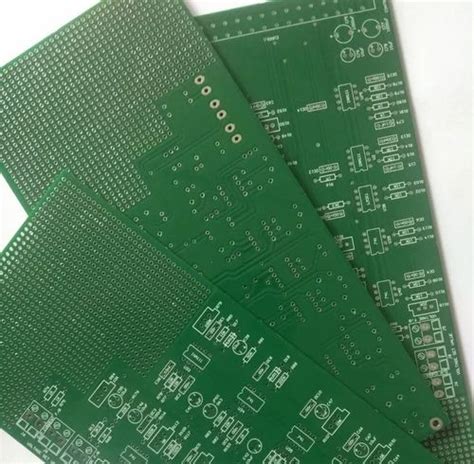
Thermal Management Solutions In LED Metal Core PCBs
In the realm of modern electronics, the demand for efficient thermal management solutions has become increasingly critical, particularly in the context of LED technology. One of the most effective solutions to this challenge is the use of LED metal core printed circuit boards (PCBs). These specialized PCBs are designed to address the thermal management needs of high-power LED applications, ensuring both performance and longevity. As LED technology continues to advance, the importance of effective thermal management cannot be overstated, and metal core PCBs have emerged as a pivotal component in achieving this goal.
To understand the significance of metal core PCBs in LED applications, it is essential to first consider the thermal challenges inherent in LED technology.
LEDs, while highly efficient compared to traditional lighting solutions, still generate a significant amount of heat during operation. This heat, if not properly managed, can lead to a decrease in performance, reduced lifespan, and even failure of the LED components. Consequently, effective thermal management is crucial to maintaining the reliability and efficiency of LED systems.
Metal core PCBs are uniquely suited to address these thermal challenges due to their construction.
Unlike traditional PCBs, which are typically made from materials such as fiberglass, metal core PCBs incorporate a metal layer, usually aluminum or copper, as part of their structure. This metal layer serves as a heat sink, efficiently dissipating heat away from the LED components and into the surrounding environment. By facilitating rapid heat transfer, metal core PCBs help to maintain optimal operating temperatures for LEDs, thereby enhancing their performance and extending their lifespan.
Moreover, the use of metal core PCBs in LED applications offers several additional benefits.
For instance, these PCBs provide improved mechanical stability, which is particularly advantageous in applications where the LED system may be subject to physical stress or vibration. Furthermore, the enhanced thermal conductivity of metal core PCBs allows for more compact and lightweight designs, as the need for additional heat dissipation components is reduced. This can be particularly beneficial in applications where space and weight are critical considerations, such as in automotive or aerospace lighting systems.
In addition to their thermal management capabilities, metal core PCBs also offer advantages in terms of electrical performance.
The metal layer within the PCB can serve as a ground plane, reducing electromagnetic interference and improving signal integrity. This is particularly important in high-frequency applications, where maintaining signal quality is paramount. As a result, metal core PCBs not only enhance the thermal performance of LED systems but also contribute to their overall electrical efficiency.
As the demand for high-performance LED systems continues to grow, the role of metal core PCBs in thermal management is likely to become even more prominent. Advances in materials science and manufacturing techniques are expected to further enhance the capabilities of these PCBs, enabling even more efficient and reliable LED solutions. In conclusion, LED metal core PCBs represent a critical component in the quest for effective thermal management in LED applications. By addressing the thermal challenges inherent in LED technology, these PCBs help to ensure the performance, reliability, and longevity of LED systems, making them an indispensable tool in the advancement of modern lighting solutions.

Applications Of LED Metal Core PCBs In Various Industries
LED metal core printed circuit boards (PCBs) have become a cornerstone in various industries due to their unique ability to efficiently manage heat. This capability is particularly crucial in applications where high-power LEDs are used, as these components generate significant amounts of heat that can affect performance and longevity. Consequently, LED metal core PCBs are increasingly being adopted across a range of sectors, each benefiting from their distinct advantages.
In the automotive industry, LED metal core PCBs are extensively used in lighting systems.
Modern vehicles often feature LED headlights, taillights, and interior lighting, all of which require efficient thermal management to ensure reliability and performance. The metal core in these PCBs acts as a heat sink, dissipating heat away from the LEDs and thereby enhancing their lifespan. This is particularly important in automotive applications where components are exposed to varying environmental conditions and must maintain consistent performance.
Transitioning to the consumer electronics sector, LED metal core PCBs are integral to the design of high-performance devices such as smartphones, tablets, and televisions.
These devices demand compact and efficient lighting solutions, which LEDs provide. However, the confined spaces within these gadgets necessitate effective heat dissipation to prevent overheating and ensure user safety. Metal core PCBs offer a solution by providing a thermally conductive path that efficiently transfers heat away from sensitive components, thus maintaining device integrity and performance.
In the realm of industrial lighting, LED metal core PCBs are pivotal in the development of high-intensity lighting solutions used in factories, warehouses, and outdoor environments.
These settings require robust lighting systems that can operate continuously without failure. The thermal management properties of metal core PCBs enable LEDs to function at optimal levels, reducing the risk of thermal-induced failures and minimizing maintenance costs. This reliability is crucial in industrial applications where downtime can lead to significant productivity losses.
Furthermore, the medical industry has also embraced LED metal core PCBs, particularly in diagnostic and surgical lighting equipment.
Medical environments demand precision and reliability, and the use of LEDs in medical devices ensures bright, consistent illumination. The metal core PCBs help maintain the necessary thermal conditions, ensuring that the LEDs perform optimally without degradation over time. This is vital in medical settings where equipment failure is not an option.
Additionally, the telecommunications industry benefits from the use of LED metal core PCBs in network equipment and data centers.
These facilities require efficient cooling solutions to manage the heat generated by high-density electronic components. Metal core PCBs provide an effective means of heat dissipation, ensuring that network infrastructure operates smoothly and efficiently. This is essential for maintaining the reliability and speed of communication networks, which are critical in today’s connected world.
In conclusion, the applications of LED metal core PCBs span a wide array of industries, each leveraging their thermal management capabilities to enhance performance and reliability. From automotive lighting to consumer electronics, industrial applications, medical devices, and telecommunications, these PCBs play a vital role in ensuring that LED technology can be utilized to its fullest potential. As industries continue to innovate and demand more from their electronic components, the importance of effective thermal management solutions like LED metal core PCBs will only continue to grow.

